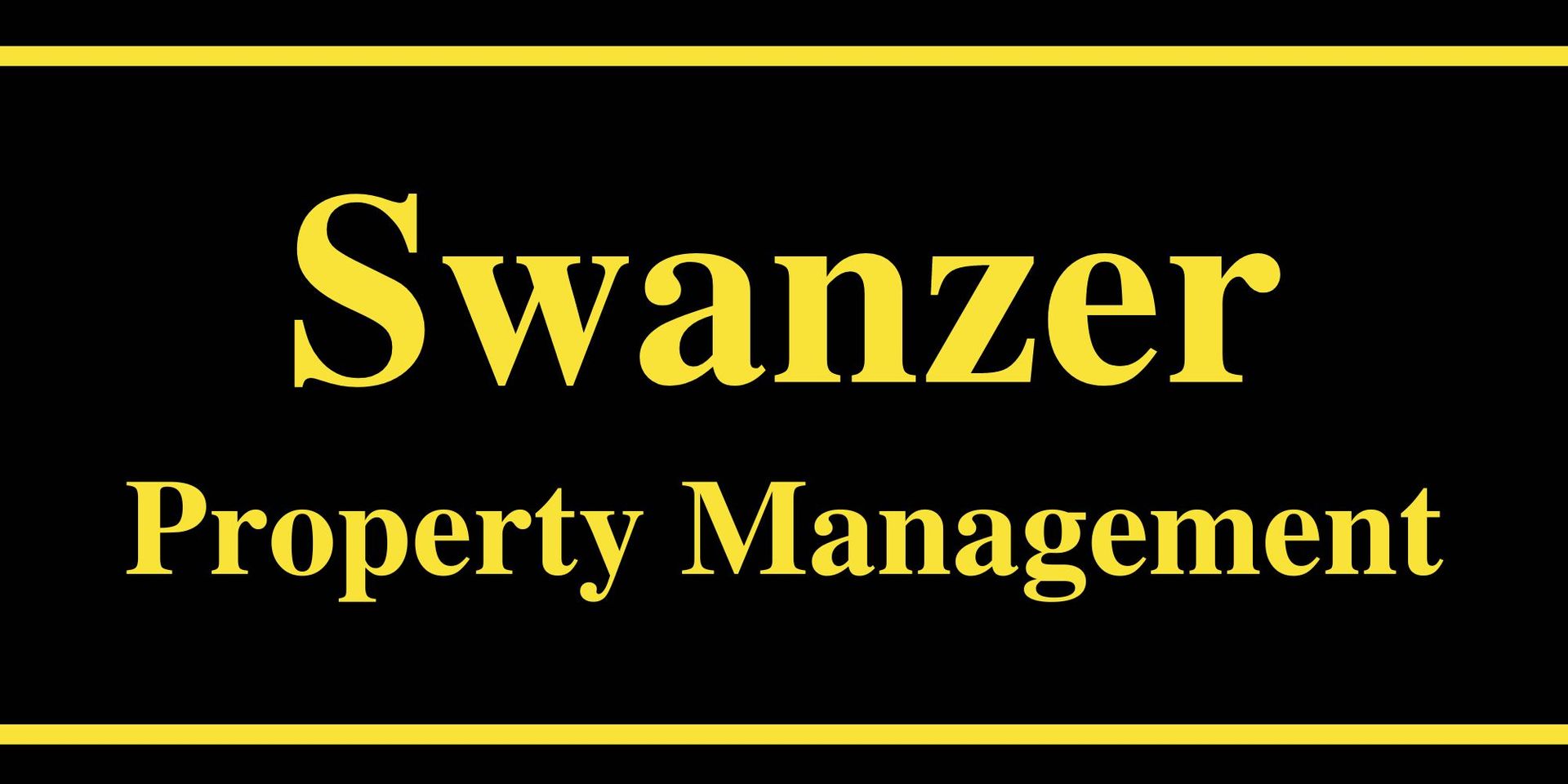A Beginner's Guide to Investing in Northern Ohio Rental Properties
A Beginner's Guide to Investing in Northern Ohio Rental Properties

Northern Ohio's real estate market offers a promising arena for investors looking to delve into rental properties. With cities like Cleveland, Akron, and Toledo, the region presents diverse opportunities ranging from urban apartments to suburban single-family homes. Understanding the nuances of this market is crucial for making informed investment decisions and capitalizing on the area's growing demand for rental housing.The body content of your post goes here. To edit this text, click on it and delete this default text and start typing your own or paste your own from a different source.
Key Takeaways
- Grasp the dynamics of Northern Ohio's real estate market.
- Essential budgeting and financing strategies for rental investments.
- Identifying the right rental properties for maximum returns.
Understanding the Northern Ohio Real Estate Market
Northern Ohio's rental market is characterized by its diversity and potential for growth. Cities like Cleveland are seeing a resurgence, with revitalizing downtown areas and an influx of young professionals. This urban revival, coupled with the stability of suburban communities, creates a fertile ground for rental investments. Investors should keep an eye on market trends, including rental demands and property price fluctuations, to identify the most lucrative investment opportunities.
Budgeting and Financing Your Investment
Before diving into property investment, assessing your financial health is essential. Consider factors like your current savings, income stability, and credit score. Research various financing options, including traditional mortgages, FHA loans, and other investment-specific financing solutions. Remember, a well-planned budget is your roadmap to a successful investment, minimizing risks, and ensuring a steady cash flow.
Choosing the Right Rental Property
The key to a successful rental investment in Northern Ohio lies in choosing the right property. Look for areas with high rental demand, such as close to universities or business districts. Consider the type of property that aligns with your investment goals – whether it's single-family homes, duplexes, or larger apartment buildings. Pay attention to factors like property condition, neighborhood quality, and potential for appreciation.
The Process of Purchasing a Rental Property
The journey from finding to owning a rental property involves several steps. Start by researching and identifying potential properties that align with your investment goals. Collaborate with a local real estate agent familiar with Northern Ohio's market to gain insights and assistance. The process involves making an offer, navigating the negotiation phase, and eventually closing the deal. Ensure you're well-informed about the legal aspects of property buying in Ohio. For more on the state's real estate trends, check out Colibri Real Estate's insights.
Managing Your Rental Property
Once you acquire your property, you face the choice of self-management or hiring a property manager. Self-management can be more hands-on and cost-effective, but it requires time and knowledge of landlord responsibilities and Ohio's tenant laws. Alternatively, hiring a property manager can ease the burden, especially for investors with multiple properties or those living outside the area. They handle tasks like maintenance, tenant relations, and rent collection.
Maximizing Your Investment Returns
To ensure your investment is profitable, strategies for setting competitive rent prices are essential. This involves understanding the local market rates and balancing them with your property's features and location. Keeping a high occupancy rate is crucial – vacant properties don't generate income. For insights on national housing forecasts, which can influence your rental strategy, visit Realtor.com's 2024 National Housing Forecast.
FAQs About Investing in Northern Ohio Rentals
Conclusion
Investing in Northern Ohio rental properties can be a lucrative venture if approached with the right knowledge and strategy. It's vital to stay informed, budget wisely, and understand your responsibilities as a landlord. For more tips on starting a real estate rental business in Northeast Ohio, visit SCORE Cleveland's article.


